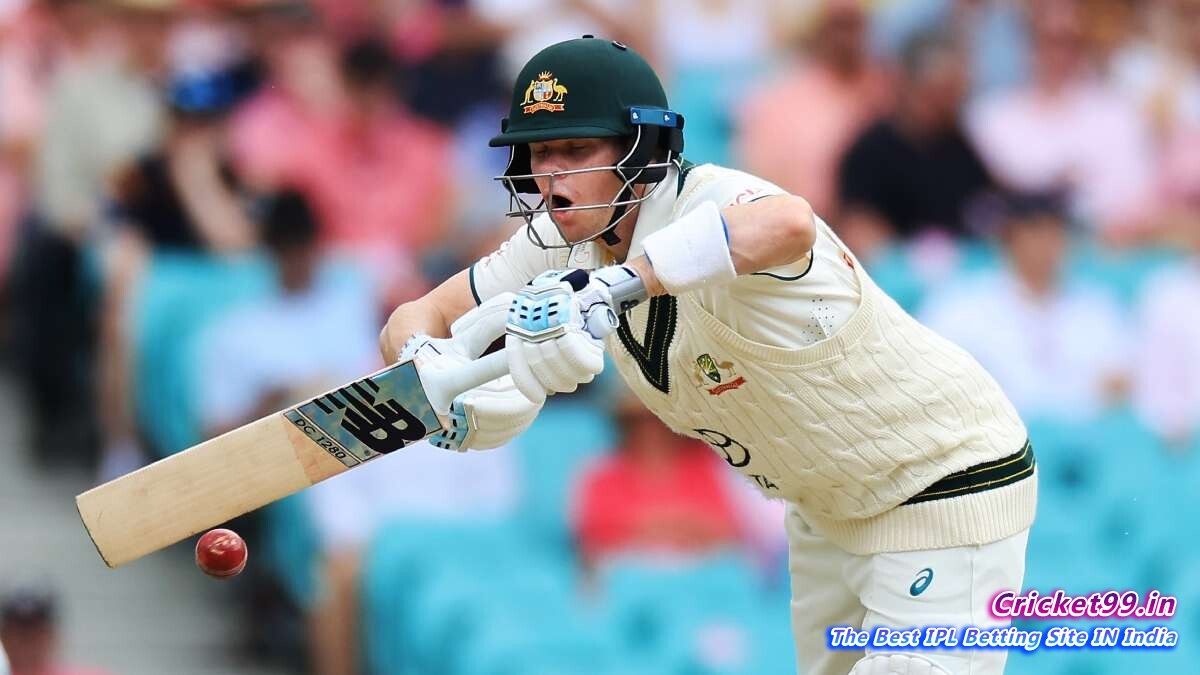
Australian Test cricket has been a topic of intense debate recently with a significant move that has seen Steve Smith, one of the greatest Test batsmen of the current generation, take on an unfamiliar role at the top of the batting order. Smith has expressed enthusiasm for the opportunity to open in the longest format, an endorsement he received from George Bailey, Australia’s chief selector. However, this strategic shift has not been well-received by all.
Former Australian cricketer Kim Hughes has voiced his strong disapproval upon learning of Smith’s new position. Hughes’ discontent extends beyond surprise and touches on feelings of injustice, particularly concerning Cameron Bancroft. Bancroft, known for his solid performances as an opening batsman in domestic competitions, was notably absent from the Australian squad picked for the series against West Indies.
Speaking with a sense of revulsion in his voice, Hughes told West Australian, “I nearly vomited. I’ve got no doubts in my mind that if Cameron Bancroft played for New South Wales, he’d be in the Test side. He’s in his prime.” His blunt words reflect both his indignation and the wider implications this selection may have on the morale of other players.
Indeed, Hughes is concerned about the message sent to domestic players, particularly those excelling in the Sheffield Shield, Australia’s premier red-ball competition. He emphasizes the importance of rewarding those in good form by stating, “you must reward those that are performing well.” This move to elevate Smith to an opener’s role is seen by Hugh as potentially demoralizing for those striving to make their mark through traditional pathways.
In addition to Smith’s promotion, left-hander Matt Renshaw has been named as the backup opener, filling in the gap left by David Warner’s departure from Test cricket. There is a ripple of anticipation, as well as concern, about how this new opening duo will perform, especially with the team looking forward to a tour in New Zealand within the season, one that will promise a decidedly different level of challenge.
Prior to these revelations, Hughes had already expressed skepticism regarding Smith’s current form. He criticized Smith’s on-field idiosyncrasies and his conduct when getting out, describing them in a disparaging tone. He further added that Smith seems to be “like a petulant kid,” underscoring the view that Smith’s on-field mannerisms and recent performance do not warrant such a drastic change in his batting position. According to Hughes, Smith should focus on regaining his form at his traditional number four spot, steering clear of “all the fluff.”
The audacity of this decision by the Australian selectors has stirred a rich dialogue about the dynamics of Test cricket selection, and the delicate balance between experienced players’ versatility and rising stars’ opportunities. Cricket enthusiasts are now left to watch closely as Steve Smith steps into the crease in a new role. How he adjusts to this position and the impact it has on the team’s tactics and the aspirations of other cricketers in the Sheffield Shield could have long-lasting repercussions for Australian cricket.
The saga enveloping the national team is not just about Bancroft’s exclusion or Smith’s new role; it is a broader issue that asks whether the selectors are truly nurturing and acknowledging talent wherever it exists. For now, the focus remains on Smith’s blade; whether it will carve out a new era at the opening or whether it will lead to a reconsideration of strategies and selection policies remains to be seen in the upcoming series and beyond.










